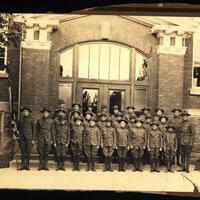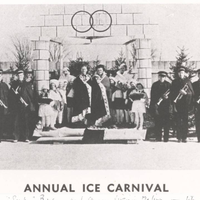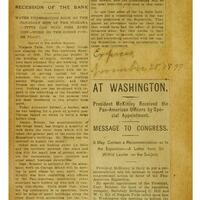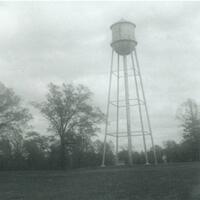Pan-American Exposition Collection
Collection Owner:
Cover Image:
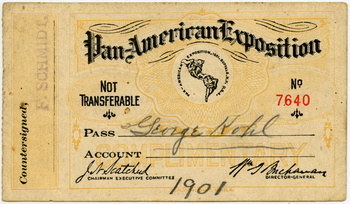
Complimentary Admission Ticket - Image Source
Collection Facts
Extent:
1181
Dates of Original:
1899-1902
Browse within this collection
Additional Information
Publisher of Digital:
Theodore Roosevelt Inaugural Site Foundation
Browse similar collections
NYH Topic Areas:
Collection Type:
